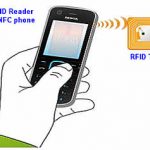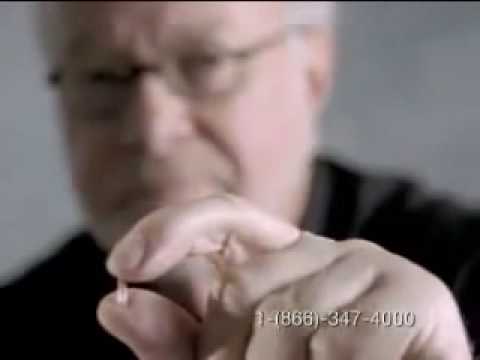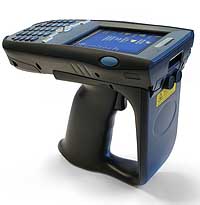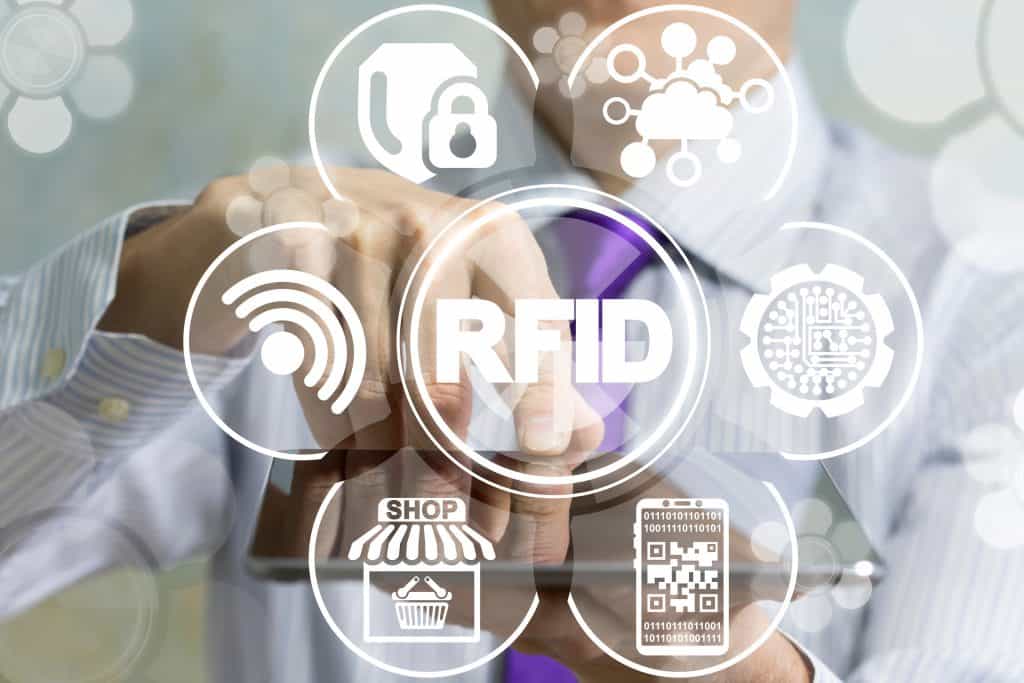 Among the ever escalating numbers of smartphones available in the US, Apple’s iPhone still leads the way in those as well as other mobile application areas, noted David Dorf, director of retail technology at Oracle.
Among the ever escalating numbers of smartphones available in the US, Apple’s iPhone still leads the way in those as well as other mobile application areas, noted David Dorf, director of retail technology at Oracle.
The more than 10,000 iPhone apps online in Apple’s App Store already include some photo-oriented “vision” apps. Examples include an app from Sears which helps you to locate a product in stores based on an uploaded product photo, and one from Wal-mart that allows you to use a picture of a room in deciding what size HDTV to buy.
With the recent entrance of Motorola’s Droid and Google’s Nexus One, for instance, apps of this kind are also headed to the open source Android platform, said speakers in an NRF panel session.
Developers are at work, too, on location-aware apps that will use GPS to send you discount coupons based on where you happen to be, and on augmented reality apps combining a mobile phone’s camera view with multiple layers of related information.
Meanwhile, commuters in New York City and San Francisco have been taking part in NFC trials involving the use of software-based token applications that bill their credit cards for mass transit use.
Participants have been able to hop aboard trains and subway cars simply by waving their phones in front of contact-less NFC readers near turnstiles in mass transit stations, said Sahir Anand, research director for retail, hospitality and Consumer Product Group practice at the Aberdeen Group analyst firm.The United States has long lagged behind some other parts of the world — most notably Japan and the Nordic countries — in mobile shopping and mass transit apps, pointed out Mohammad Khan, president and founder of ViVOtech. But with the advent of new smartphones and NRC, the US is getting poised to “leapfrog ahead,” Khan contended.
Read more: betanews.com


















